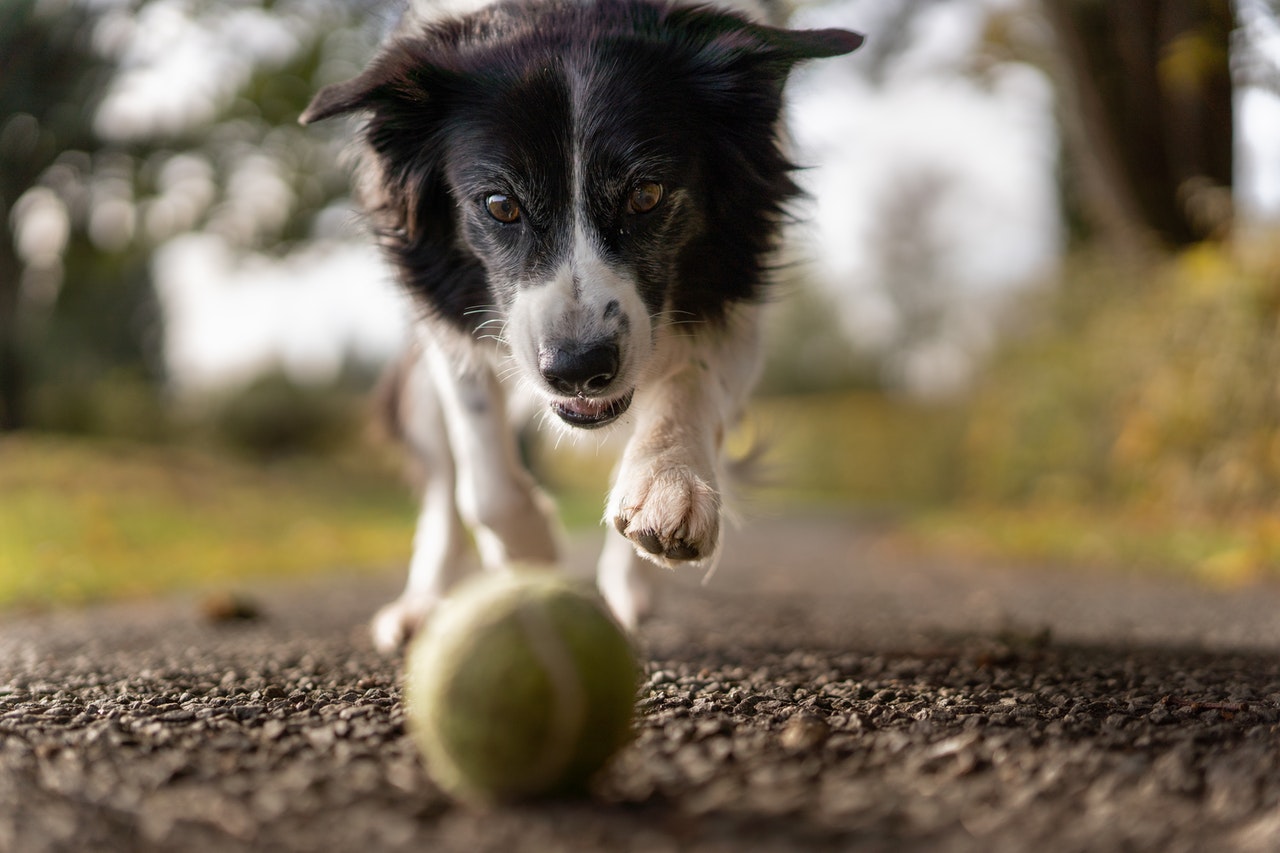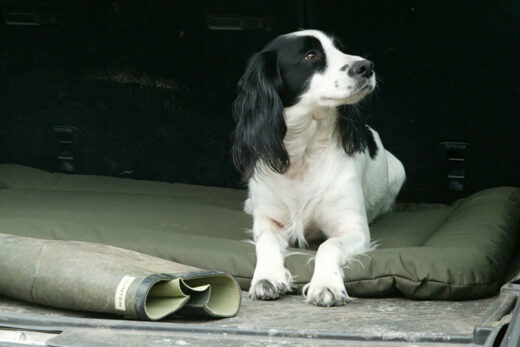
Although the tried and true form of exercise for pet dogs are walks, sometimes walks are not an option. Whether it’s the weather, your dog’s state of mobility, or other factors, there are a number of circumstances that can keep us from walking our dog. However, even if you are unable to walk your dog for whatever reason, it is still super important that your dog gets enough exercise every day. No matter the reason, keep reading for exercise alternatives to walking your dog.
Why Exercise is Important
Exercise is imperative to the day to day life of a dog. Not only does it help with their physical health, it is also good for their mental health and behavior. Being overweight can lead to a variety of health issues such as heart and joint problems. Exercise and proper diet can help ensure that your pup has a good heart and mobile joints! Further, getting more exercise has been associated with a calmer, more well behaved dog. It can even help reduce anxiety in anxiety-prone pups.
While exercise is typically thought of as something like playing fetch until your dog gets tired, mental exercise is equally important. Just like us, dogs like and need to use their minds. When was the last time you taught your dog a new trick? If it wasn’t recently, consider giving their brain a workout, too! Even just 15 minutes of mental stimulation can do the trick. Also, both mental and physical exercise can bring dog and owner together and make your bond even stronger!
Alternatives to Walking
Mental enrichment games
As mentioned above, it is equally important to make sure your dog gets mental as well as physical exercise. There are many different ways to do this. One is playing hide-and-seek with your dog. To do this you can either hide and prompt your dog to come find you, or you can hide a treat in a room and prompt your dog to “find it!” This game stimulates dog’s natural hunting and finding instincts and is a great way to make them think! You can also build your dog an enrichment box by putting recycled toilet paper or paper towel rolls, egg cartons, cereal boxes, etc. in a bigger box and scatter treats about. This will get your dog to sort through the material, and move things around to get to the treats! Finally, this can also include teaching your pup a new trick. Learning a new trick is a great way to get their brain to think in new ways. It is also a good way to practice listening and obedience. Just be sure that your dog doesn’t eat any of the objects!
Hydrotherapy/hydro-exercise
Play or training in the water can be a great way for dogs of all ages and abilities to get exercise. If your dog is a good swimmer, letting them jump in the pool or the ocean while you watch them is a great way for them to expend some energy. If your dog is older, heavier, or has joint issues, hydrotherapy can be very beneficial. Hydrotherapy usually consists of supervised swim or walking on a moving surface in the water. The water is soft on joins but requires your dog to build strength and cardio abilities.
Treadmill
Walking on the treadmill can be a good alternative if the weather is bad. If you want to try this, make sure you acquaint your dog to the treadmill slowly and safely. Allow them to simply stand on it first, giving them positive reinforcement, and then increase the treadmill speed very very slowly. If you notice this makes your dog nervous or they are not getting the hang of it, don’t force it. Also, remember that treadmill walking should not replace outdoor walks.
Playing with a friend
Have friends or neighbors with playful pups? Set up a playdate for your dogs to run around in the backyard together. Playful, friendly dogs will naturally tire each other out without you needing to do any of the work! Just make sure your dogs are playing safely together and it doesn’t get too aggressive.
Flyball
Flyball is a game for the whole family! You play with your dog against other dogs and owners. This game requires teamwork between you and your dog as your dog completes a training course with hurdles and balls.





